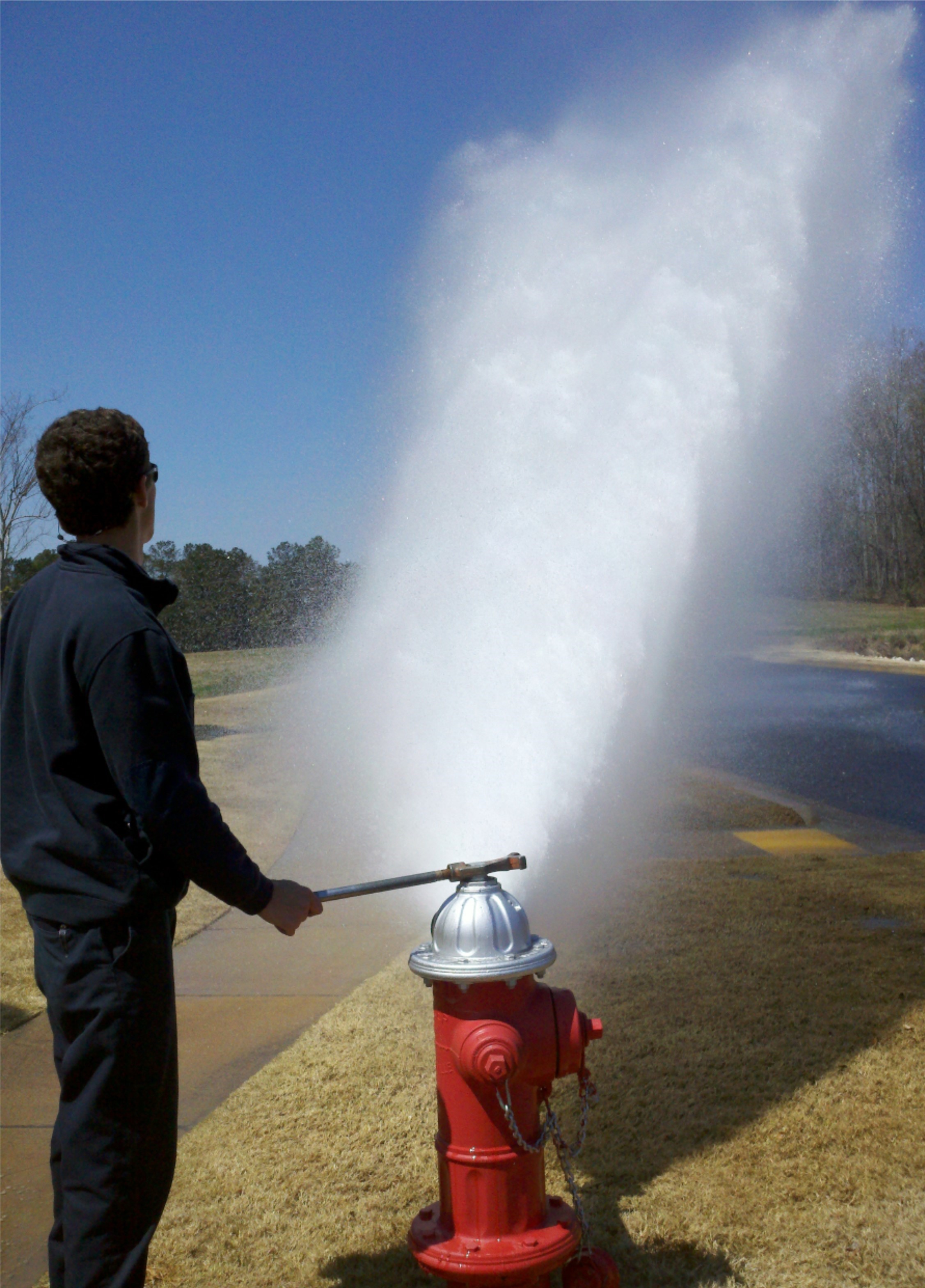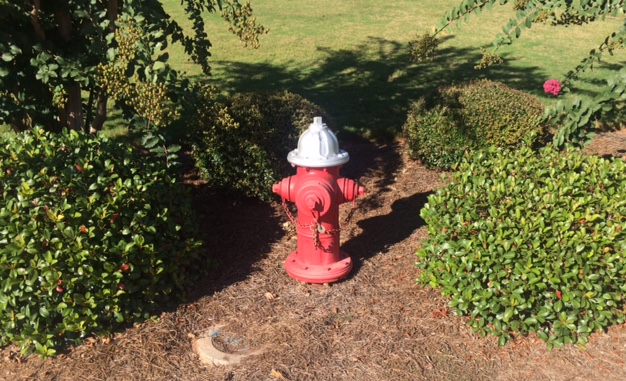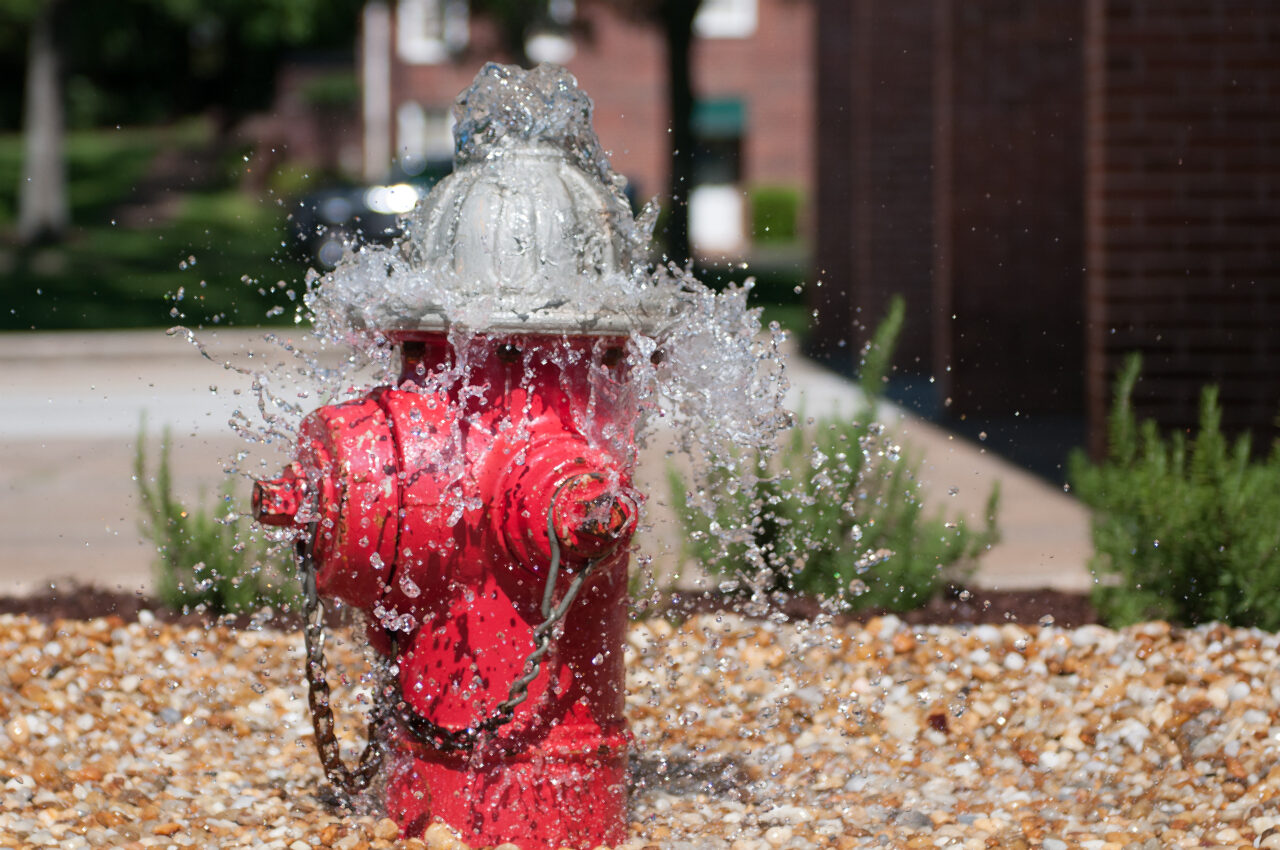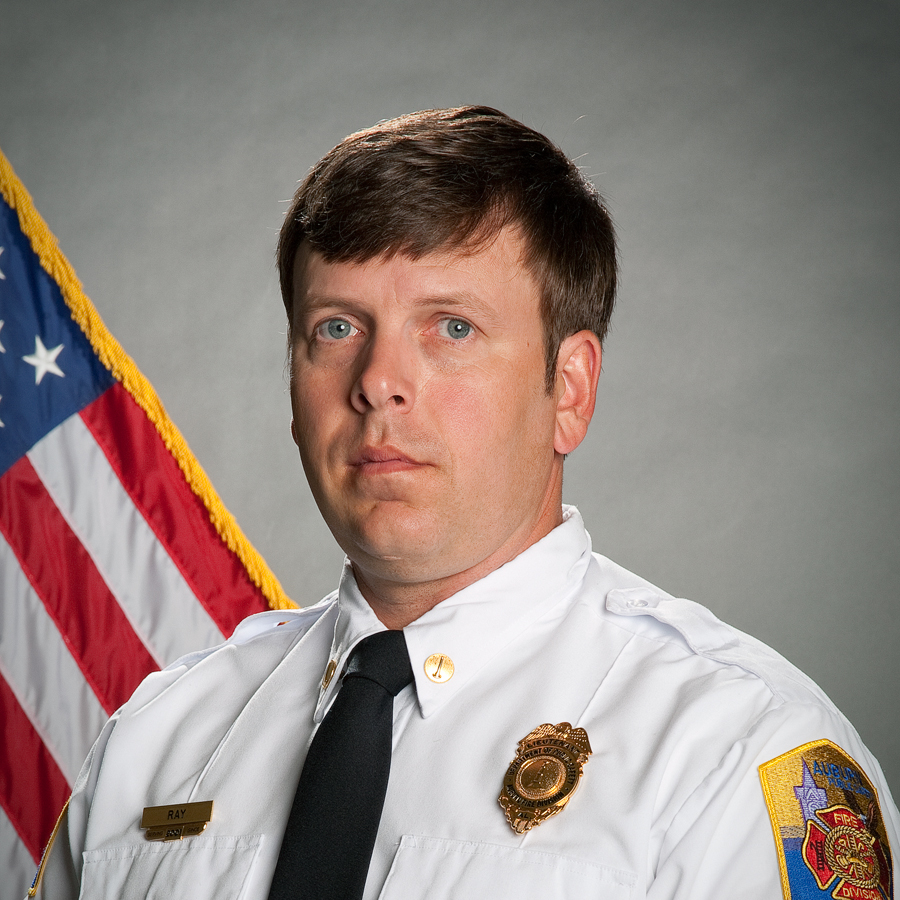Fire Hydrant Information

Public Safety
141 N Ross St, STE A

The City of Auburn Water Works Board and the Auburn Fire Department perform hydrant testing on a daily basis in different locations throughout the City. National fire standards and the Insurance Service Office (ISO) require all fire hydrants to be inspected on a regular basis. We perform these inspections not only to comply with these standards, but to have a high degree of confidence that all hydrants will perform properly in an emergency. Regular inspection of fire hydrants ensures proper hydrant function, flushes the water system to increase your water quality, and provides an accurate record of available hydrant pressures.
Thankfully, most of our fire hydrants do not get used regularly. This could lead to having inoperative hydrants or hydrants with inadequate flow rates to effectively put fires out. Therefore, the City’s goal is to proactively identify problems and have them corrected, ultimately saving valuable time in extinguishing a fire and enabling the Auburn Fire Department to more efficiently fulfill our primary mission of saving lives and property.
A number of circumstances can affect a hydrant’s performance including: vandalism, accidental damages, wear and tear, and mechanical malfunctions. We want to detect any of these problems and correct them prior to the hydrant being needed.
Clearance
The International Fire Code 507.5.4 states: “Unobstructed access to fire hydrants shall be maintained at all times. The fire department shall not be deterred or hindered from gaining immediate access to fire protection equipment or fire hydrants.”

The International Fire Code 507.5.5 states: “A 3-foot clear space shall be maintained around the circumference of fire hydrants except as otherwise required or approved.”
There should be no obstruction preventing easy coupling of fire hoses or operation of the hydrant. The hydrant should be visible from all approaches. Items such as brush, tree limbs, posts, fences, vehicles, growth, trash, storage or any other materials shall not be placed or kept near fire hydrants.
What Should you Know
When water is flowing from a fire hydrant, deposits in the water lines get stirred up. This can cause a brown discoloration to the water in the area of the hydrants being tested. This condition is only temporary and will correct itself in a few hours. There are no health hazards associated with this process. If hydrant testing is being conducted in your area, we recommend that you flow your cold water to determine if there is any discoloration before using it.
While the water is still safe to drink and cook with, we recommend not washing any white clothes on the days we are testing hydrants in your area, but if you do be sure and check your water first before doing so.
Marking of Hydrants
When the Auburn Fire Department arrives at a fire, we need to be able to quickly determine the best water source to extinguish the fire. We need to know how much water and water pressure is available from the nearest hydrants.
The most efficient means to convey this information is to paint the hydrants a standardized color, signifying the hydrant flow capability based on the color scheme. These hydrant colors give us a good picture of what the hydrant will be able to provide during firefighting operations.
Posting signs, decorating, painting or changing the standardized paint scheme used by the Auburn Fire Department should be avoided. To do so greatly reduces our capability to properly and safely perform firefighting operations.
All fire hydrants are painted silver and the chart below indicates the color scheme used by the Auburn Fire Department to determine the amount of water in gallons per minute (GPM) available from a fire hydrant.
| GPM | REFLECTIVE BAND COLOR |
| 500 or Less | Red |
| 500-999 | Orange |
| 1000-1499 | Green |
| 1500 - Above | Blue |
Contact
For more information or to determine exact times and locations of hydrant testing, please contact the City of Auburn Water Works Board at (334) 501-3060 or Auburn Fire Department at (334) 501-3110. After hours, please call (334) 501-3100 to reach a Communications Officer.

